On July 21, 2025, the often-discussed but long-delayed Tesla Diner & Drive‑In officially opened at 4:20 p.m. PDT in Hollywood, Los Angeles. The event marked the realization of a concept first floated by Elon Musk in 2018: a retro‑futuristic diner fused with Tesla Superchargers, entertainment, food, and brand spectacle
A Vision Years in the Making
Musk originally teased the idea seven years ago, promising a “Grease meets Jetsons” vibe at a Supercharger location. Construction began in late 2023, and Tesla secured a permit for the site of a former Shakey’s Pizza along Route 66 in Hollywood
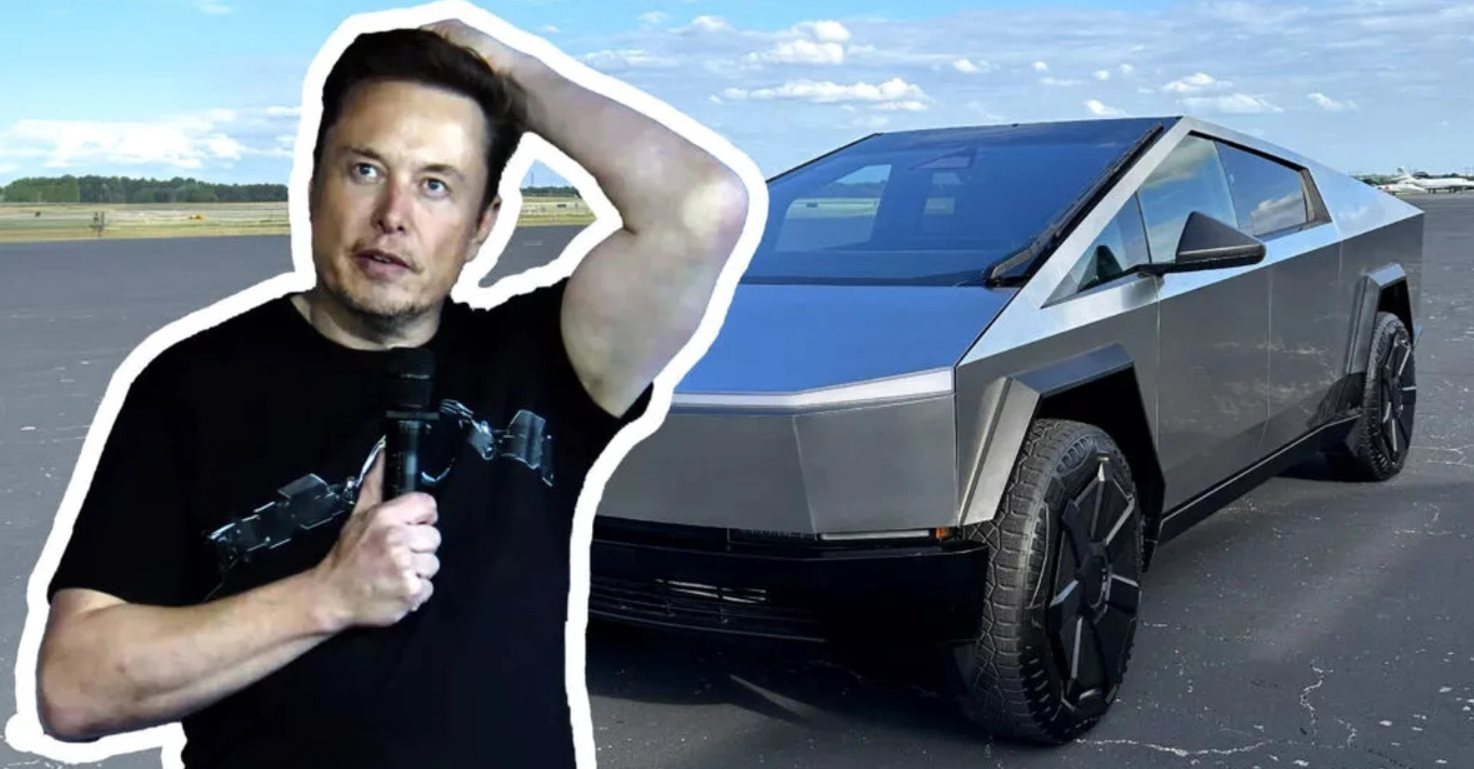
The building—designed by architecture firm Stantec—is a gleaming two-story steel-and-neon structure shaped like a flying saucer. Inside is a 3,800 ft² dining area and a 5,500 ft² rooftop terrace (dubbed the “Skypad”) with outdoor seating, movie screens, and charging access
Ambitious Design, Bold Features
With 80 Tesla V4 Supercharger stalls (open to all NACS‑compatible EVs), the diner is now the world’s largest urban Supercharger hub, offering charging and dining in one immersive venue
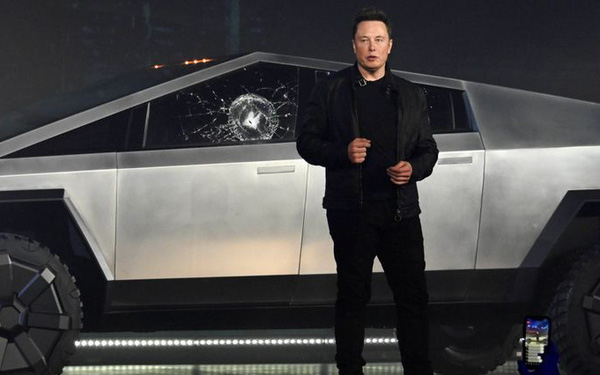
Two giant outdoor LED screens—reportedly 45 or 66 feet—broadcast curated short films, classic TV, and promotional Tesla content. Audio syncs directly with a Tesla car’s sound system via geofencing, and walk‑in diners can watch and listen via kiosks or in‑diner screens
The aesthetic channels nostalgic 1950s Americana: roller‑skating servers, neon lights, chrome finishes, Cybertruck‑themed food boxes, and robotic service from Optimus, Tesla’s humanoid robot (though Optimus reportedly makes only occasional guest‑star appearances)
Menu & Food Experience
Chef Eric Greenspan, working with restaurateur Bill Chait, curated a menu of classic American comfort food—burgers (including a “Tesla Burger” with Electric Sauce), hot dogs, fries, wings, grilled cheese, cinnamon rolls, tuna melts, fried chicken & waffles, and more. Prices range from $4 to $15, with children’s options and local sourcing throughout
Innovative touches include milkshakes upgraded into “Pie Shakes,” candy‑sweet drinks made with cane sugar sodas, and boba‑infused “Charged Sodas.” Packaging often echoes Tesla branding, from Cybertruck‑shaped burger boxes to collectible toys and apparel sold onsite

Ordering mechanisms vary: Tesla drivers can order straight from their car’s touchscreen via the onboard app; walk‑ins use kiosks or staff to place orders

Opening Day Spectacle and Buzz
Almost immediately following the unveiling—engineered for maximum social media traction—the Tesla Diner became a spectacle. Lines of Teslas snaked around the block, and customers began queuing hours in advance. The launch time of 4:20 p.m. was an intentional nod to Musk’s well-known humor

Photos and posts flooded Instagram and TikTok: Cybertruck‑boxed burgers, neon interiors, roller‑skating staff and streaming movie clips. User reviews ranged from enthusiastic to skeptical—many praised the vibe, but others questioned whether the food was more novelty than substance

Mixed Reception: Praise, Pouting, and Protest
Fans and Media Response
Business Insider described the venue as “surreal and heavy on nostalgia,” calling it fun and potentially worth a return visit despite the chaos of early operations. Newsweek highlighted Redditors who felt they were “witnessing food history,” though others noted higher pricing compared to typical L.A. diners . Autoweek writer endured a two-hour wait but found the smashburger delicious thanks to hunger and hype
CNBC visitors praised the design and novelty—even if the experience felt more like a theme park than a fully polished restaurant
Operational Hurdles
By the third day, reports emerged of long waits of up to three hours, app glitches that prioritized Tesla owners over walk‑ins, and menu shortages. The Guardian noted some customers were frustrated, and perceived food quality did not always live up to expectations . Food reviewers and diners flagged inconsistent prep and limited vegetarian options, while others lamented the soggy fries or lukewarm sandwiches

Political Backlash and Protests
The diner became a flashpoint for broader criticism. The activist group Tesla Takedown organized protests outside the diner over the weekend following its opening, citing Musk’s political affiliations, misleading claims, and support for what they view as extremist ideologies. Protestors used inflatable likenesses of Musk performing Nazi salutes and chanted inflammatory slogans such as “Elon Musk has got to go.” According to reports, about 75 people attended the protests, which were largely peaceful but theatrical .

Tesla detractors argue the diner symbolizes a broader corporate culture tied to misinformation and divisive rhetoric, while others remain eager to enjoy the spectacle regardless of politics .
Strategic Ambitions Behind the Food
Tesla’s diner is much more than a restaurant—it’s a strategic experiment:
Tesla aims to convert charging downtime into immersive customer engagement, selling food, merchandise, and brand experiences at Supercharger sites
Musk has signaled global expansion plans: “If our retro‑futuristic diner turns out well … Tesla will establish these in major cities around the world, as well as at Supercharger sites on long‑distance routes” .
One proposed next location is at SpaceX’s Starbase in Texas, potentially anchoring the concept near another Musk venture .
Analysts see this as vertical integration: Tesla sells the car, energy, app interface, entertainment, food—and now, foot traffic and merch—inside one controlled space. But critics caution that operational execution—avoiding long lines, maintaining food quality, managing brand backlash—will determine its scalability.
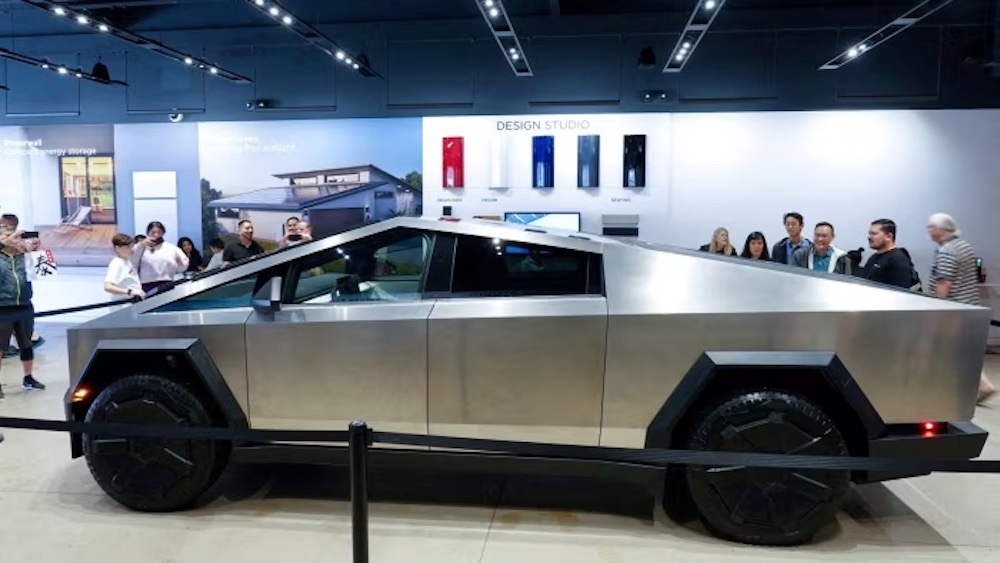
Looking Ahead: Expansion and Viability
The diner’s fate hinges on how Tesla addresses early missteps:
Reducing wait times, improving app reliability, and smoothing out staff operations.
Elevating food consistency, ensuring menu availability, expanding dietary options.
Navigating public relations turbulence, especially amid protests and polarized sentiment around Musk.

Tesla’s ability to replicate the concept in major cities or along highway corridors depends on balancing spectacle with substance. If successful, the diner model could establish a new retail‑leisure category centered on Supercharging hubs.
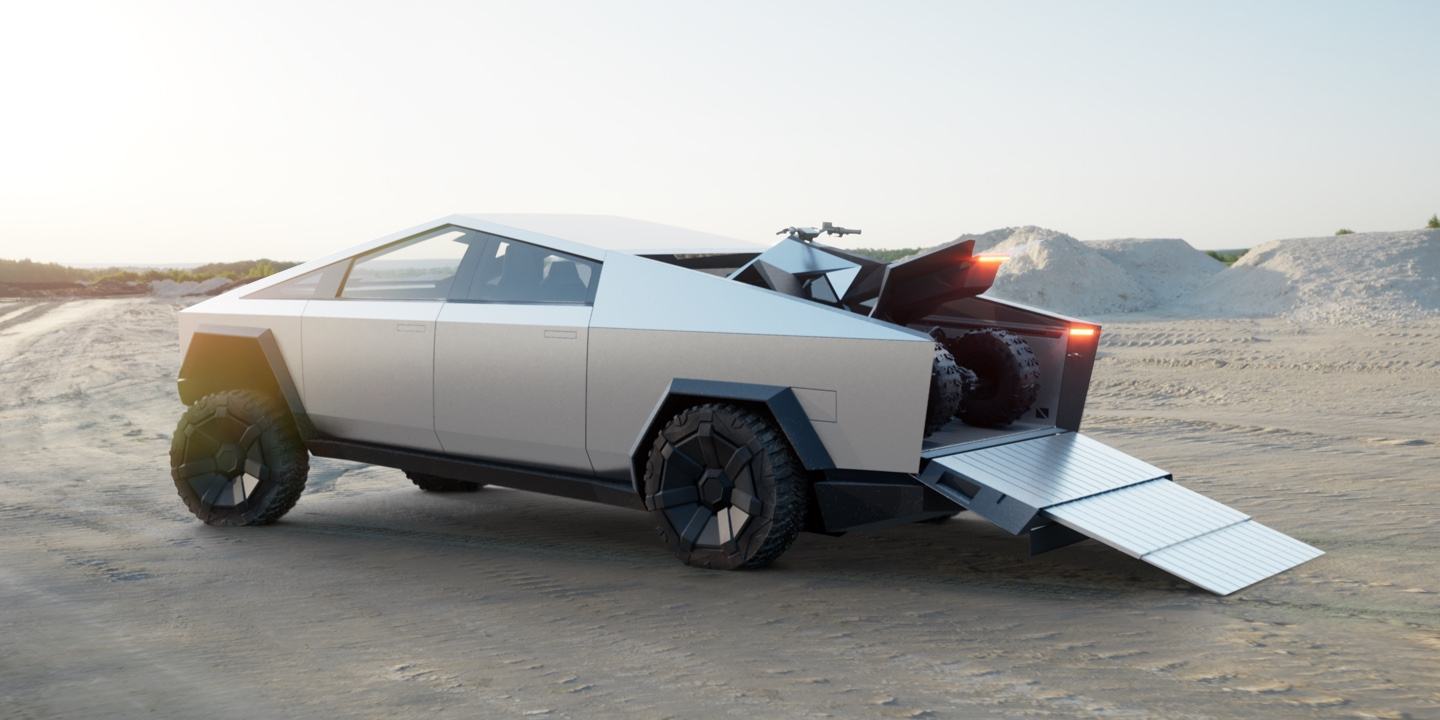
Tesla’s efforts to merge nostalgia, tech branding, commerce, and entertainment may point to future experiences beyond cars—offering curated spaces that combine physical infrastructure with lifestyle branding. But scaling beyond a Hollywood novelty requires strong execution and overtime appeal.
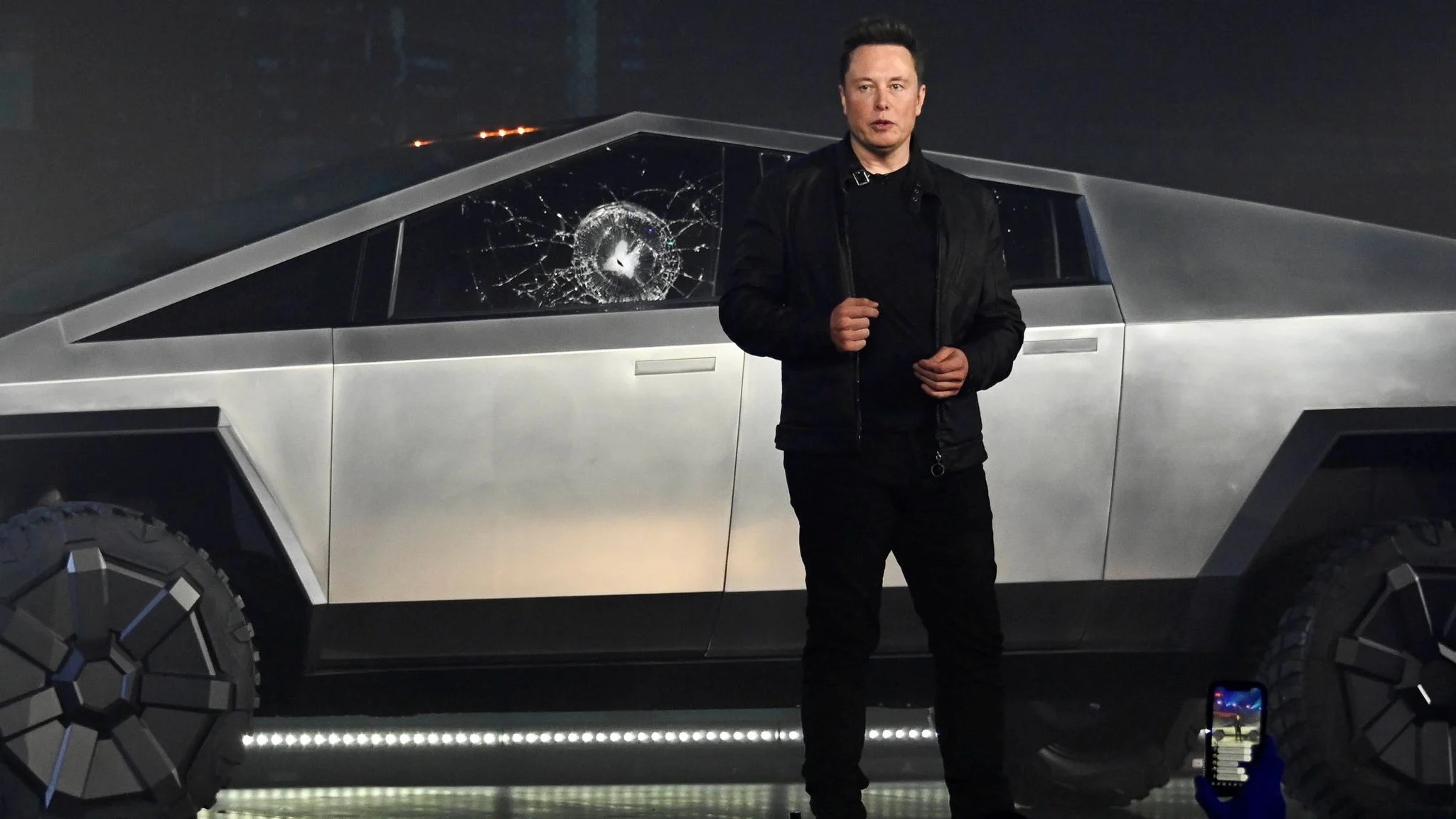
Summary
Elon Musk’s Tesla Diner & Drive‑In opened on July 21, 2025, merging a 1950s‑style diner, EV Supercharging hub, drive‑in cinema, and a branded entertainment zone in Hollywood. With 80 Supercharger stalls, humanoid robots, roller‑skating staff, Cybertruck‑themed packaging, and curated movie screens, the venue is built to both feed and wow.
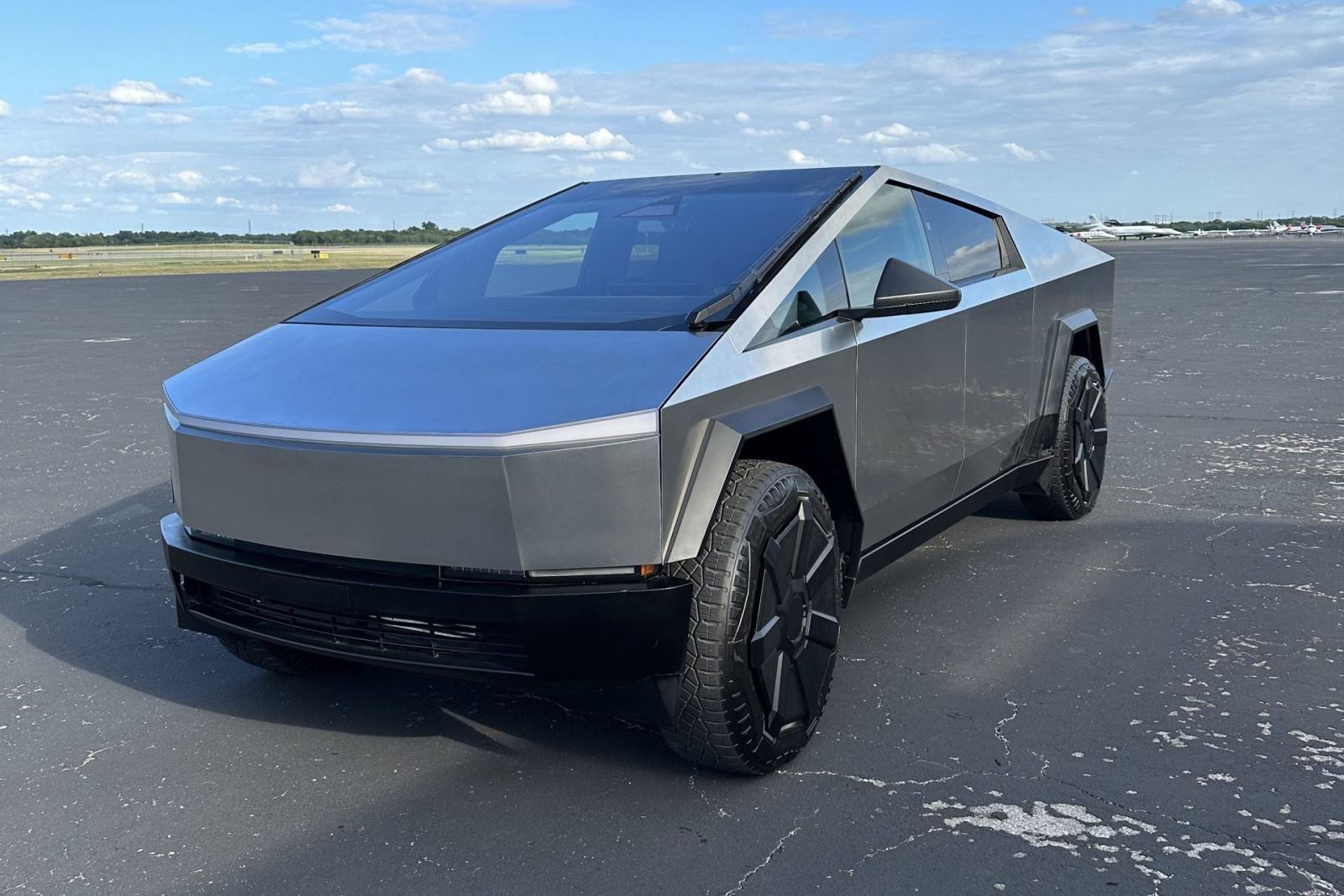
The launch generated millions of impressions, packed crowds, and polarized reactions. While many fans praised its ambiance and futuristic energy, critics flagged long lines, operational glitches, mediocre food, protests, and uneasy symbolism tied to Musk’s persona.

Still, Tesla sees this as the next frontier: turning idle EV charging time into curated brand‑immersive experiences. Musk has already hinted at expansions in major cities and at Supercharging corridors—including one slated for SpaceX’s Starbase.
Whether the Tesla Diner becomes a global chain, a museum‑like tourist stop, or a short‑lived spectacle depends on Tesla’s ability to deliver better service, polish, and consistency—and to weather the cultural storms around its founder and brand.